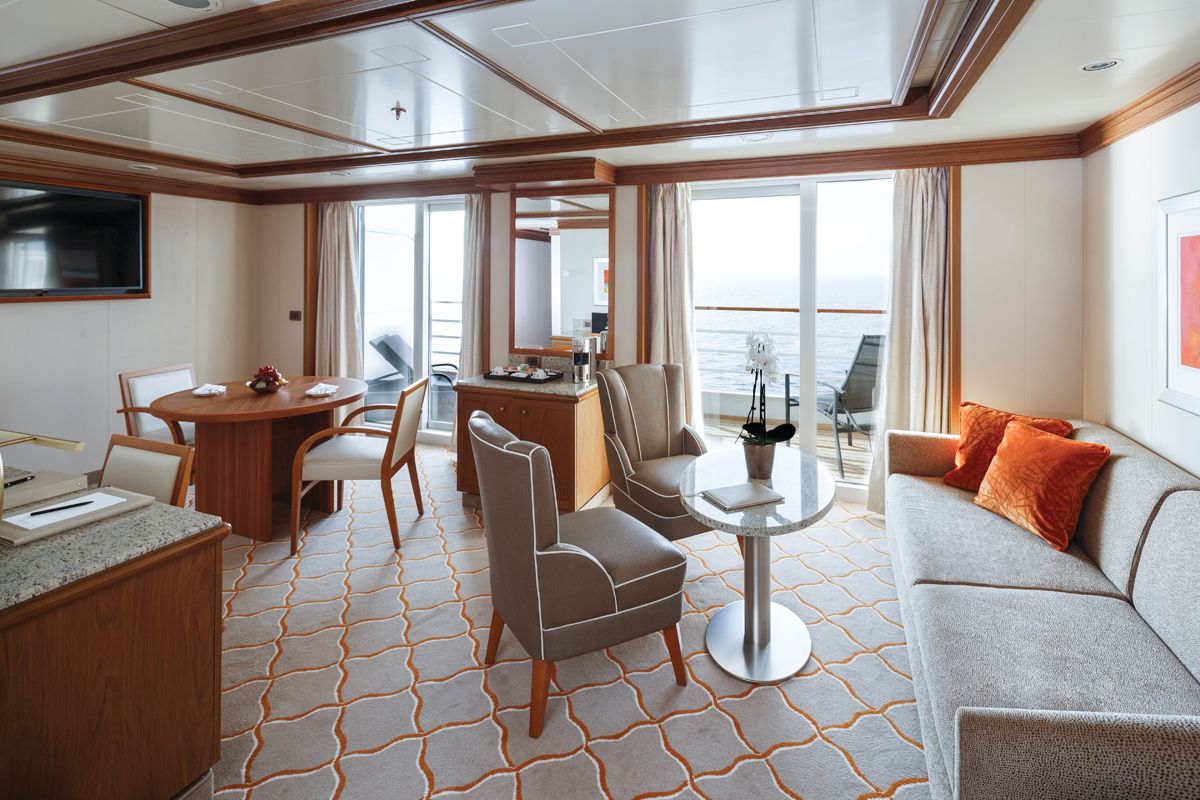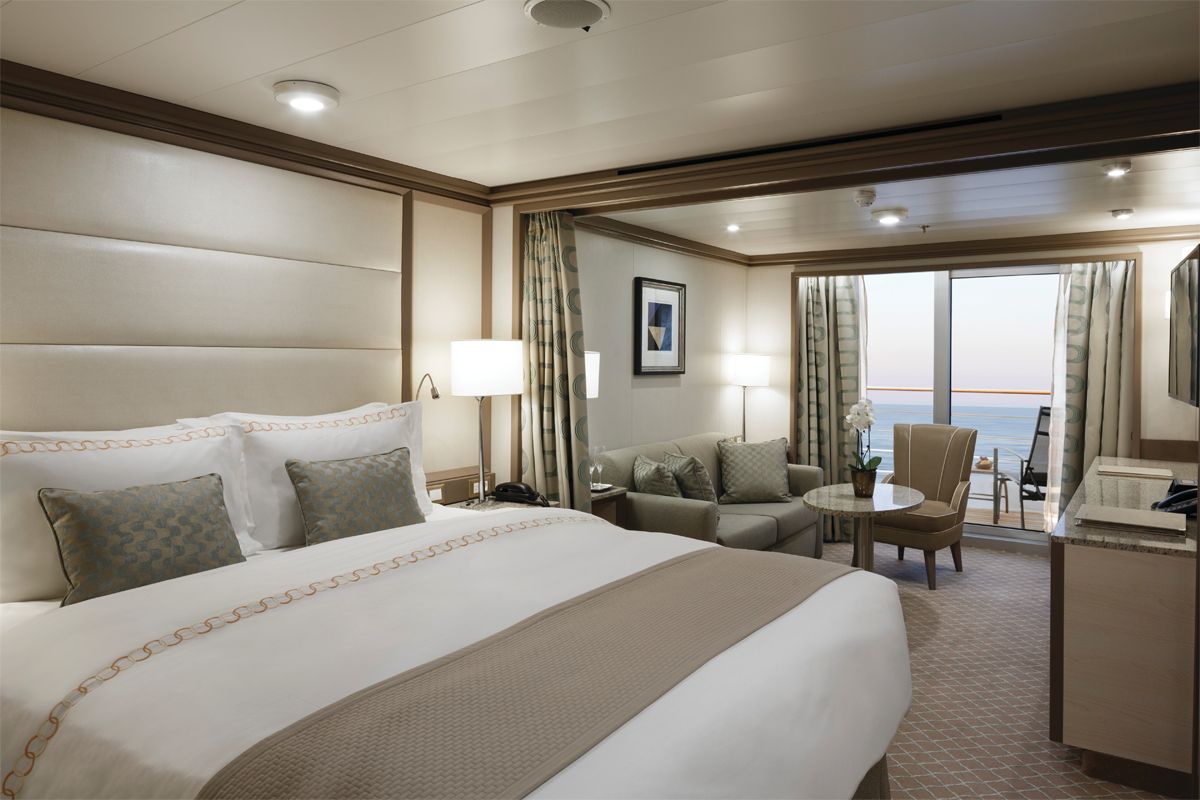

Go beyond your boundaries and explore the world as never before.
This bustling capital city is a major duty-free port with a compact shopping area. The principal thoroughfare is Broad Street, which leads west from National Heroes Square.
Amongst top attractions here, the Pelican Villagea cluster of workshops located halfway between the cruise-ship terminal and downtown Bridgetown where craftspeople create and sell locally made leather goods, batik, basketry, carvings, jewelry, glass art, paintings, pottery, and other items. It's open weekdays 9 to 5 and Saturday 9 to 2; things here are most active when cruise ships are in port.
Alternatively, sightseers will want to go to the Nidhe Israel Synagogue, which has been providing for the spiritual needs of one of the oldest Jewish congregations in the Western Hemisphere. This synagogue was formed by Jews who left Brazil in the 1620s and introduced sugarcane to Barbados. The adjoining cemetery has tombstones dating from the 1630s. The original house of worship, built in 1654, was destroyed in an 1831 hurricane, rebuilt in 1833, and restored with the assistance of the Barbados National Trust in 1987. Friday-night services are held during the winter months, but the building is open to the public year-round. Shorts are not acceptable during services but may be worn at other times.
Bequia is a Carib word meaning "island of the cloud." Hilly and green with several golden-sand beaches, Bequia is 9 miles (14½ km) south of St. Vincent's southwestern shore; with a population of 5,000, it's the largest of the Grenadines. Although boatbuilding, whaling, and fishing have been the predominant industries here for generations, sailing has now become almost synonymous with Bequia. Admiralty Bay is a favored anchorage for both privately owned and chartered yachts. Lodgings range from comfortable resorts and villas to cozy West Indian—style inns. Bequia's airport and the frequent ferry service from St. Vincent make this a favorite destination for day-trippers, as well. The ferry docks in Port Elizabeth, a tiny town with waterfront bars, restaurants, and shops where you can buy handmade souvenirs—including the exquisitely detailed model sailboats that are a famous Bequia export. The Easter Regatta is held during the four-day Easter weekend, when revelers gather to watch boat races and celebrate the island's seafaring traditions with food, music, dancing, and competitive games.To see the views, villages, beaches, and boatbuilding sites around Bequia, hire a taxi at the jetty in Port Elizabeth. Several usually line up under the almond trees to meet each ferry from St. Vincent.
You can easily explore all of Gustavia during a two-hour stroll. Some shops close from noon to 3 or 4, so plan lunch accordingly, but stores stay open past 7 in the evening. Parking in Gustavia is a challenge, especially during vacation times. A good spot to park is rue de la République, alongside the catamarans, yachts, and sailboats.
Antigua's capital, with some 45,000 inhabitants (approximately half the island's population), lies at sea level at the inland end of a sheltered northwestern bay. Although it has seen better days, a couple of notable historic sights and some good waterfront shopping areas make it worth a visit. At the far south end of town, where Market Street forks into Valley and All Saints roads, haggling goes on every Friday and Saturday, when locals jam the Public Market to buy and sell fruits, vegetables, fish, and spices. Ask before you aim a camera; your subject may expect a tip. This is old-time Caribbean shopping, a jambalaya of sights, sounds, and smells.
With a lush interior featuring towering mountains, dense rain forest, fertile valleys, and acres of banana plantations, St. Lucia is mostly distinguished by the Pitons—twin peaks that soar high above the ocean floor on the southwest coast. Whether you stay in Soufrière, in the north in or around Rodney Bay Village, or even farther north at Cap Estate, exploring the iconic natural sights—and local history—in Soufrière is a day well spent. Except for a small area in the extreme northeast, one main highway circles all of St. Lucia. The road snakes along the coast, cuts across mountains, makes hairpin turns and sheer drops, and reaches dizzying heights. It takes at least four hours to drive the whole loop. Even at a leisurely pace with frequent sightseeing stops, and whether you’re driving or being driven, the curvy roads make it a tiring drive in a single outing. The West Coast Road between Castries and Soufrière (a 1½-hour journey) has steep hills and sharp turns, but it's well marked and incredibly scenic. South of Castries, the road tunnels through Morne Fortune, skirts the island's largest banana plantation (more than 127 varieties of bananas, called "figs" in this part of the Caribbean, grow on the island), and passes through tiny fishing villages. Just north of Soufrière the road negotiates the island's fruit basket, where most of the mangoes, breadfruit, tomatoes, limes, and oranges are grown. In the mountainous region that forms a backdrop for Soufrière, you will notice 3,118-foot Mt. Gimie (pronounced Jimmy), St. Lucia's highest peak. Approaching Soufrière, you'll have spectacular views of the Pitons; the spume of smoke wafting out of the thickly forested mountainside just east of Soufrière emanates from the so-called "drive-in" volcano. The landscape changes dramatically between the Pitons and Vieux Fort on the island's southeastern tip. Along the South Coast Road traveling southeasterly from Soufrière, the terrain starts as steep mountainside with dense vegetation, progresses to undulating hills, and finally becomes rather flat and comparatively arid. Anyone arriving at Hewanorra International Airport, which is in Vieux Fort, and staying at a resort near Soufrière will travel along this route, a journey of about 45 minutes each way. From Vieux Fort north to Castries, a 1½-hour drive, the East Coast Road twists through Micoud, Dennery, and other coastal villages. It then winds up, down, and around mountains, crosses Barre de l'Isle Ridge, and slices through the rain forest. Much of the scenery is breathtaking. The Atlantic Ocean pounds against rocky cliffs, and acres and acres of bananas and coconut palms blanket the hillsides. If you arrive at Hewanorra and stay at a resort near Castries or Rodney Bay, you'll travel along the East Coast Road.
This bustling capital city is a major duty-free port with a compact shopping area. The principal thoroughfare is Broad Street, which leads west from National Heroes Square.
Amongst top attractions here, the Pelican Villagea cluster of workshops located halfway between the cruise-ship terminal and downtown Bridgetown where craftspeople create and sell locally made leather goods, batik, basketry, carvings, jewelry, glass art, paintings, pottery, and other items. It's open weekdays 9 to 5 and Saturday 9 to 2; things here are most active when cruise ships are in port.
Alternatively, sightseers will want to go to the Nidhe Israel Synagogue, which has been providing for the spiritual needs of one of the oldest Jewish congregations in the Western Hemisphere. This synagogue was formed by Jews who left Brazil in the 1620s and introduced sugarcane to Barbados. The adjoining cemetery has tombstones dating from the 1630s. The original house of worship, built in 1654, was destroyed in an 1831 hurricane, rebuilt in 1833, and restored with the assistance of the Barbados National Trust in 1987. Friday-night services are held during the winter months, but the building is open to the public year-round. Shorts are not acceptable during services but may be worn at other times.
World Cruise Finder's suites are some of the most spacious in luxury cruising.
Request a Quote - guests who book early are rewarded with the best fares and ability to select their desired suite.












